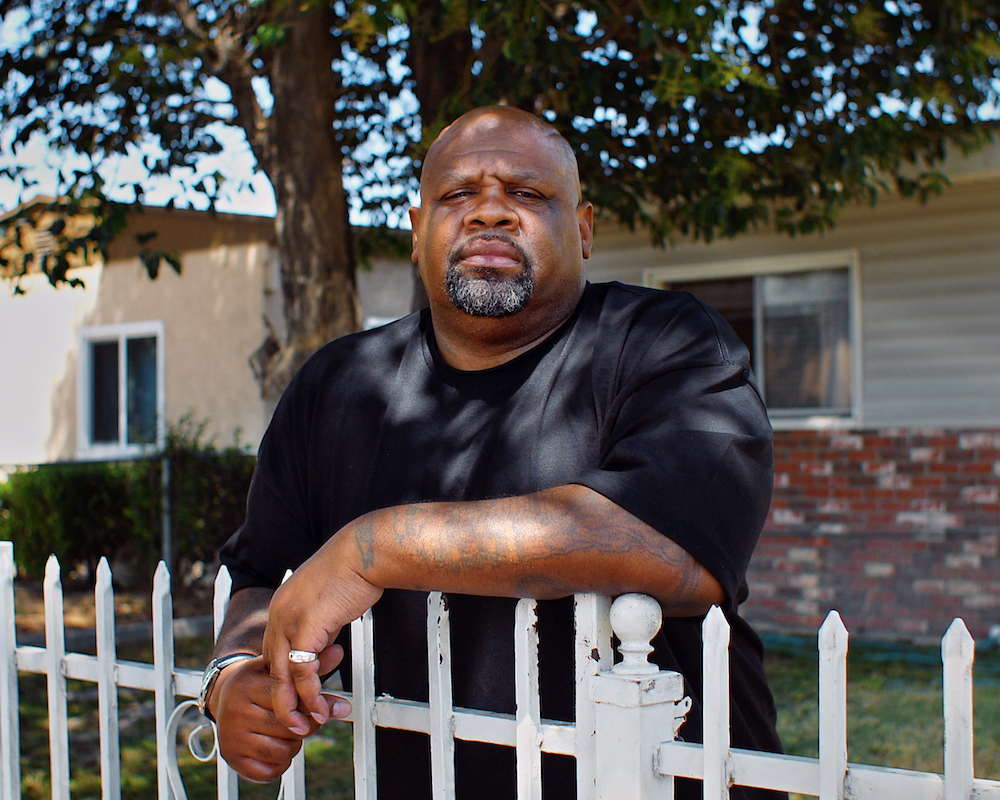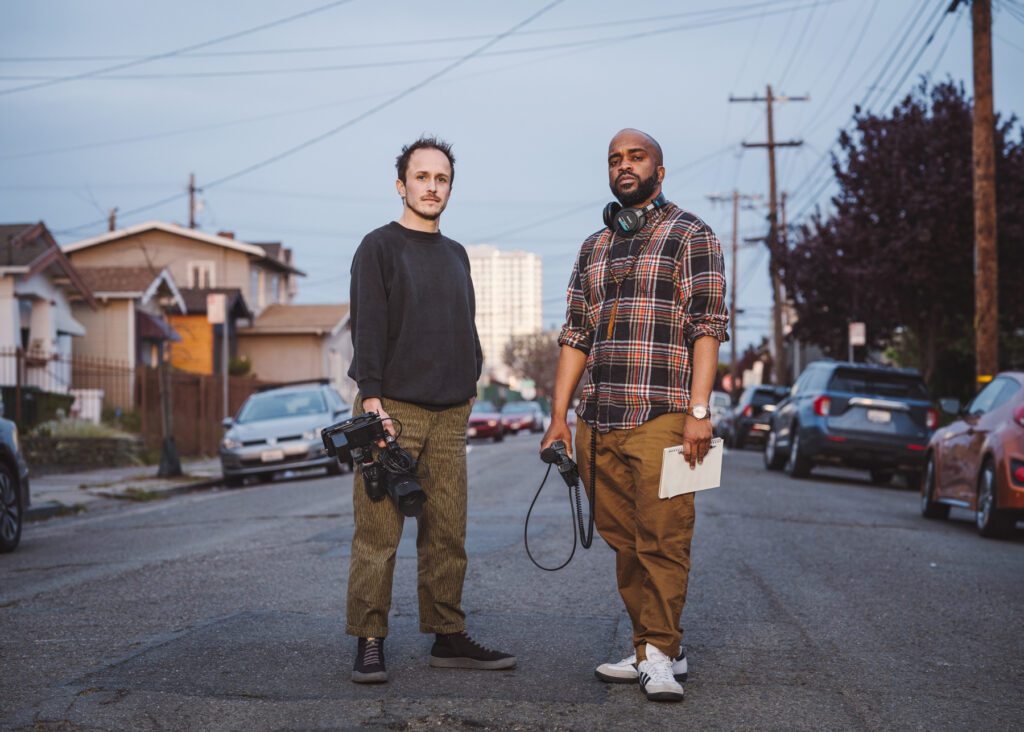The multimedia project Facing Life portrays the experiences of people who grew up in traumatic environments, went to prison as young adults, and came out 20 to 40 years later to find a world that has changed beyond recognition.
For the last three years, photographer Brandon Tauszik and journalist Pendarvis Harshaw worked to document the lives of eight former lifers in their process of reentering society, after having spent decades in California prisons.

At the heart of this project lies one question: What support is there for people coming out of prison to ensure their successful reentry into society?
Today there are 35,000 people serving life sentences in California, roughly one-third of the state’s total prison population. Two-thirds of them are Black and Brown. Research shows that the vast majority of people serving long-term sentences for violent crimes have experienced traumatic events at some point in their lifetimes before their incarceration.
In Facing Life, Pendarvis and Brandon manage to deconstruct the myth that the incarcerated person is inherently different from the rest of us.
Through the use of cinemagraphs—subtly moving images—and a powerfully written narrative, the documentary project follows people as they navigate everyday difficulties, such as operating smartphones, using auto-flush toilets, getting used to electric cars and reconnecting with estranged loved ones.
This focus on the commonplace allows the audience to spend time with these individuals and see their communities, to learn where they come from, what they enjoy, and where they aspire to go. In brief, to acknowledge the ways in which we are the same, not different.
Fahim, on former lifers helping each other. from Brandon Tauszik on Vimeo.
Stories like these are necessary because they challenge us to reimagine a criminal justice system that values hope and redemption, where people coming out of prison don’t encounter the same traumatic situations that they did before they went in. After all, the transition from prison back into society is a difficult process, not just practically but emotionally.
“It was wonderful that I was gaining freedom, but the cost of that freedom was being severed from my community, from my friends who weren’t getting out,” says James King, a former long-term California prisoner and current activist at the Ella Baker Center in Oakland. “For years these were the people whose shoulders I cried on. These are the people that I got counsel and guidance from when I was preparing to be released. These are people who in 2010, when my father passed away, treated me as their surrogate son because they couldn’t see their real sons, so they gave that love to me.”
Jose, on social anxiety. from Brandon Tauszik on Vimeo.
On the day of their release, each person is given $200 of gate money, regardless of the length of their incarceration. If they don’t have transportation or clothes, those costs are deducted from that money.
Transitional housing accommodations are only covered for six months, after that people are on their own. In California, six months is a short amount of time for someone to get a life together from scratch, especially with no credit or any idea about how to navigate our modern economy.
Although families count as the main form of support for formerly incarcerated people in their reentry process, they receive no assistance or financial support by the State.
Myra, on visiting her old prison. from Brandon Tauszik on Vimeo.
Thus, while California frames itself as a leader in revamping the criminal justice system, the California Department of Corrections and Rehabilitation has done little to show that it is willing to prioritize public safety over maintaining its budget and perpetuating its footprint in our society.
Yet, amid the shared experience of captivity, amid the trauma and the pain that go with it, the aging population of California prisoners is an incredibly emotionally intelligent and tightly-knit community. For the most part, resistance in this community comes in the form of people educating each other, so that they can advocate for themselves, individually or as a collective.
“In all the brokenness of my past,” remarks Lynn, one of the women portrayed in Facing Life, “my experiences in prison also gave me the tools and the foundation to be the woman that I am today.” Lynn recently bought a house in Fresno with her partner and is now an activist and counselor to her fellow brothers and sisters, as she calls them, who are still inside the walls. She says her work with The Anti-Recidivism Coalition is beyond humbling and that keeping her community safe is the most fulfilling job she’s ever had.
Lynn, on what the state can do better. from Brandon Tauszik on Vimeo.
In a time when a combination of elements is pressing the CDCR to change, it is our responsibility to consider the experience of those who have been most impacted by the criminal justice system when determining what these changes should look like.
“Everyone is impacted by our legal system,” James reminds us. “It’s either upholding your status or marginalizing you. The notion that only some people are impacted is too narrow. The larger question is this: how are you impacted by it? And are you comfortable with your status being upheld by a system of violence? Investing in marginalized and low-income communities will have a much bigger impact on our safety as a society.”

To see the full project visit www.facing.life and join the Pulitzer Center, tomorrow Wednesday, May 11, in a virtual conversation that promotes the urgent stories of system-impacted individuals within context and analysis provided by professionals and advocates who’ve worked on the front lines of the criminal justice system for years.




